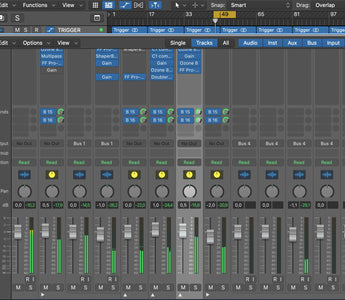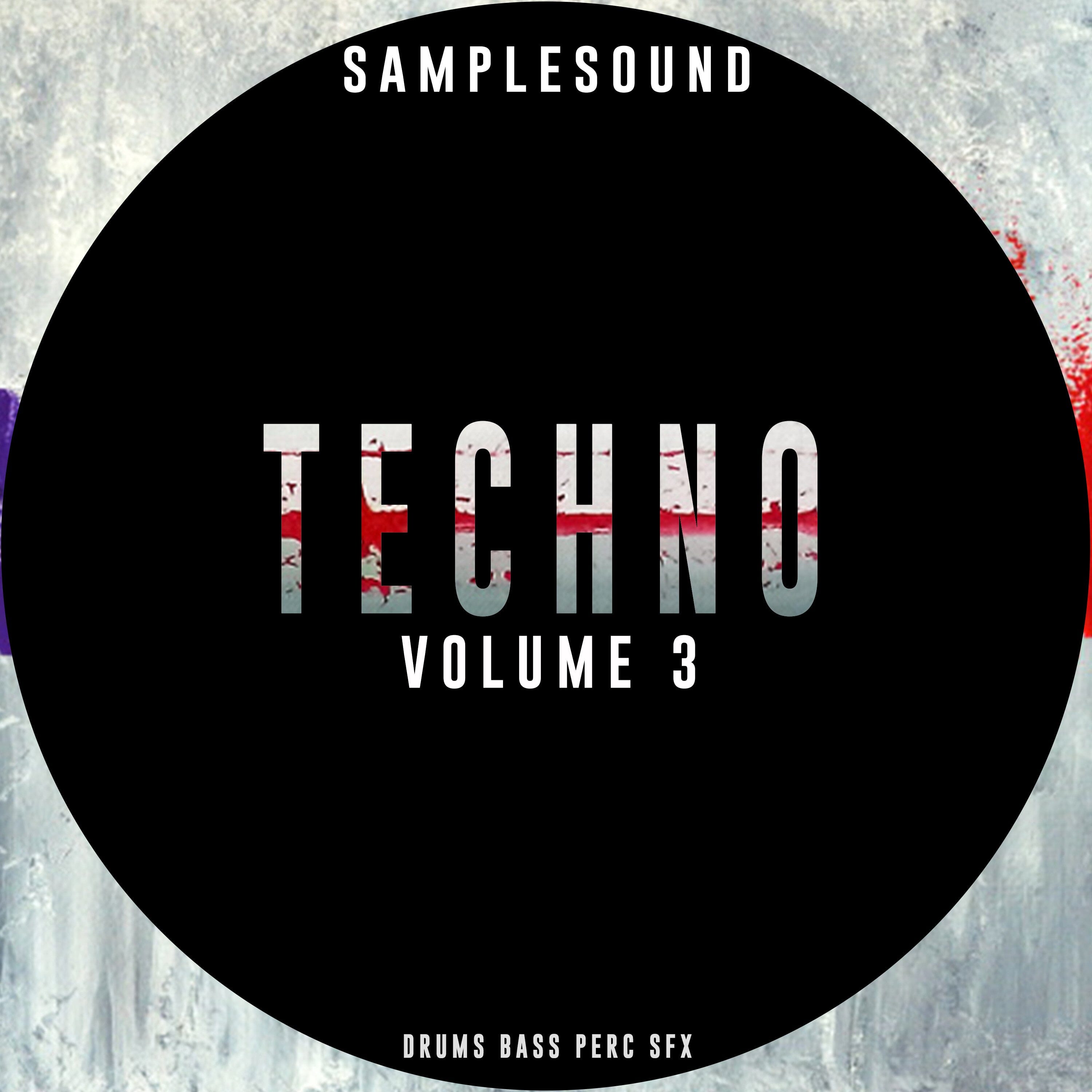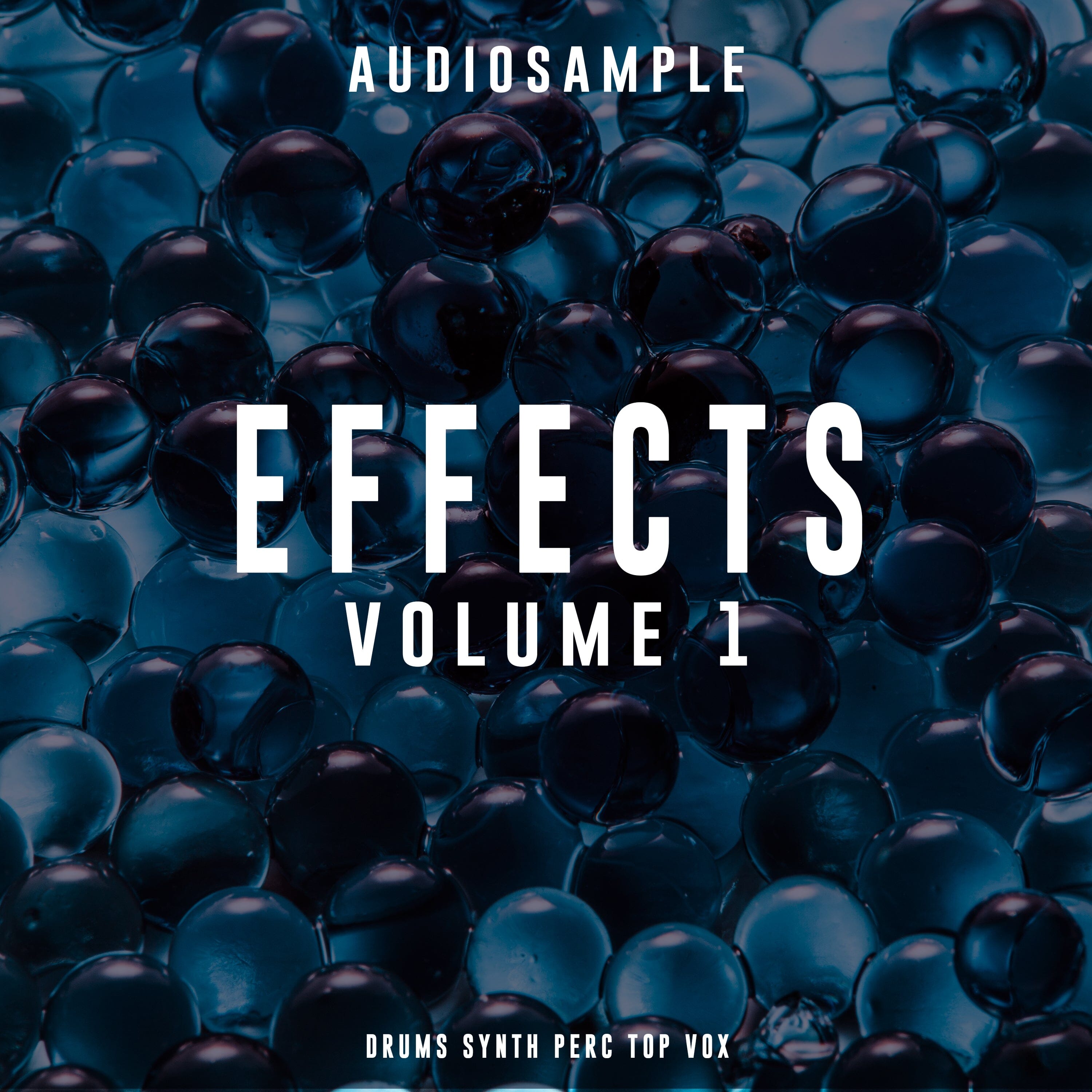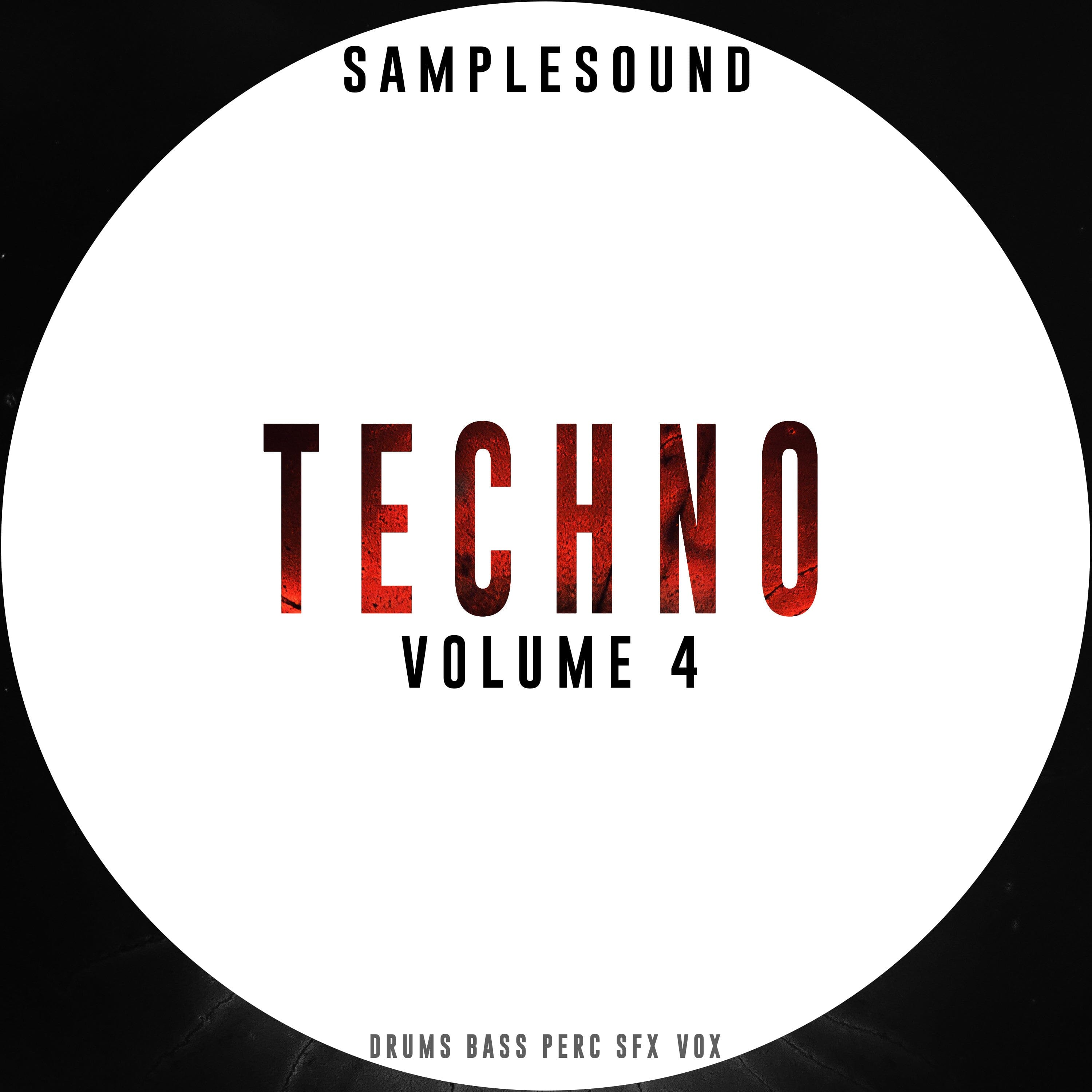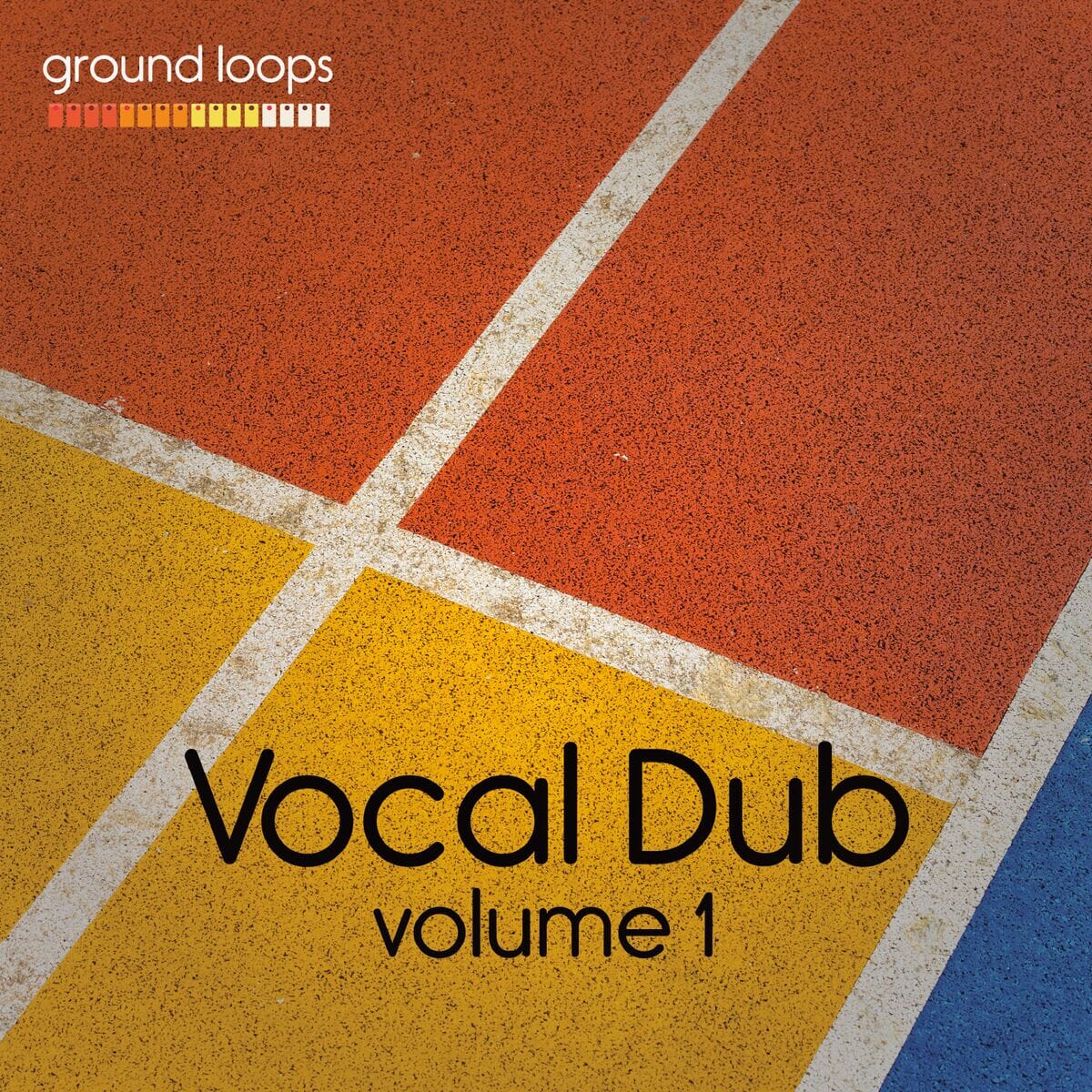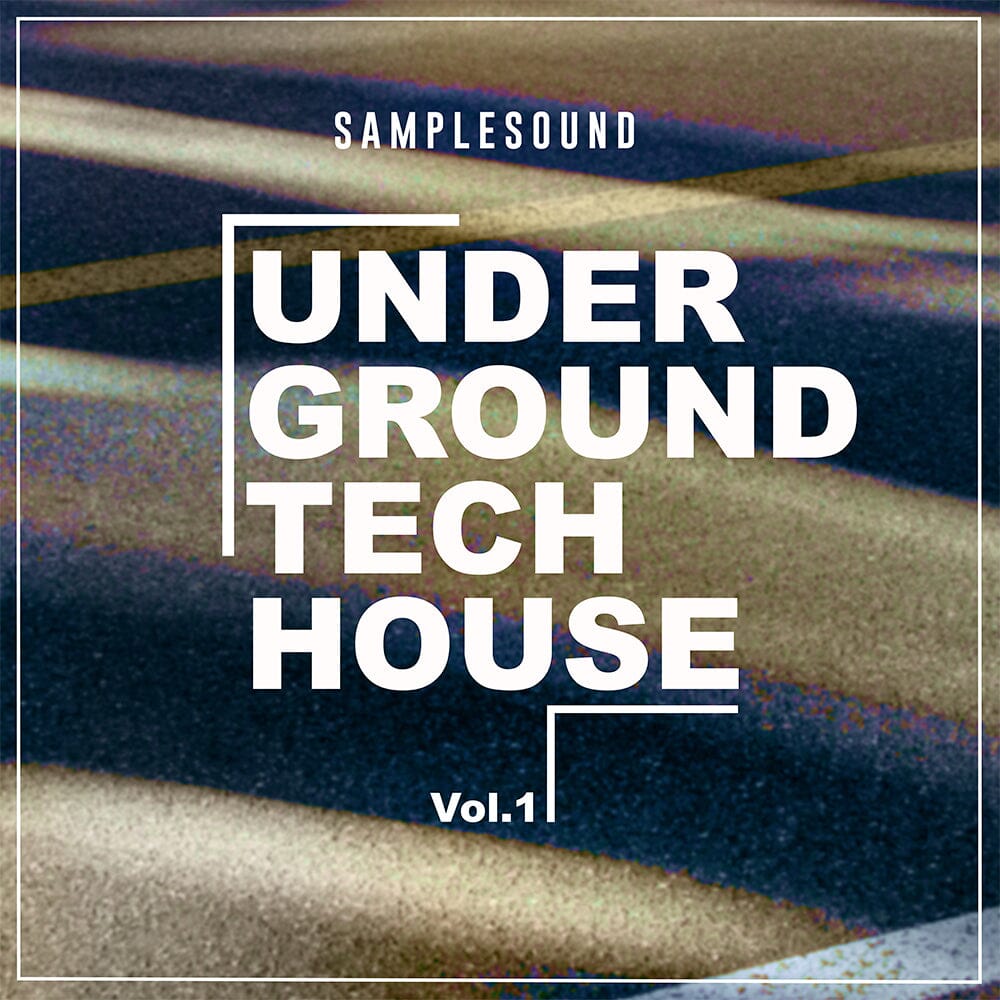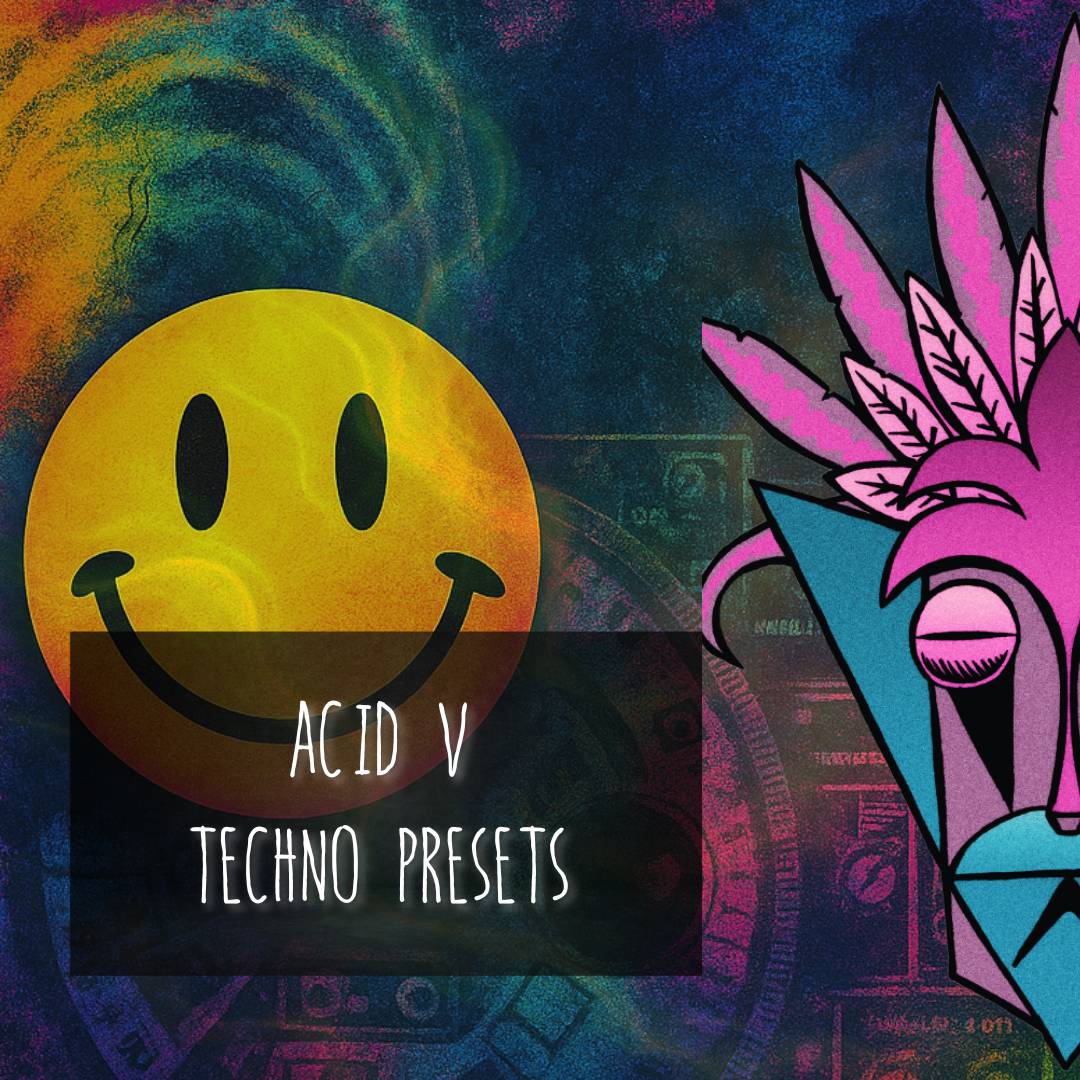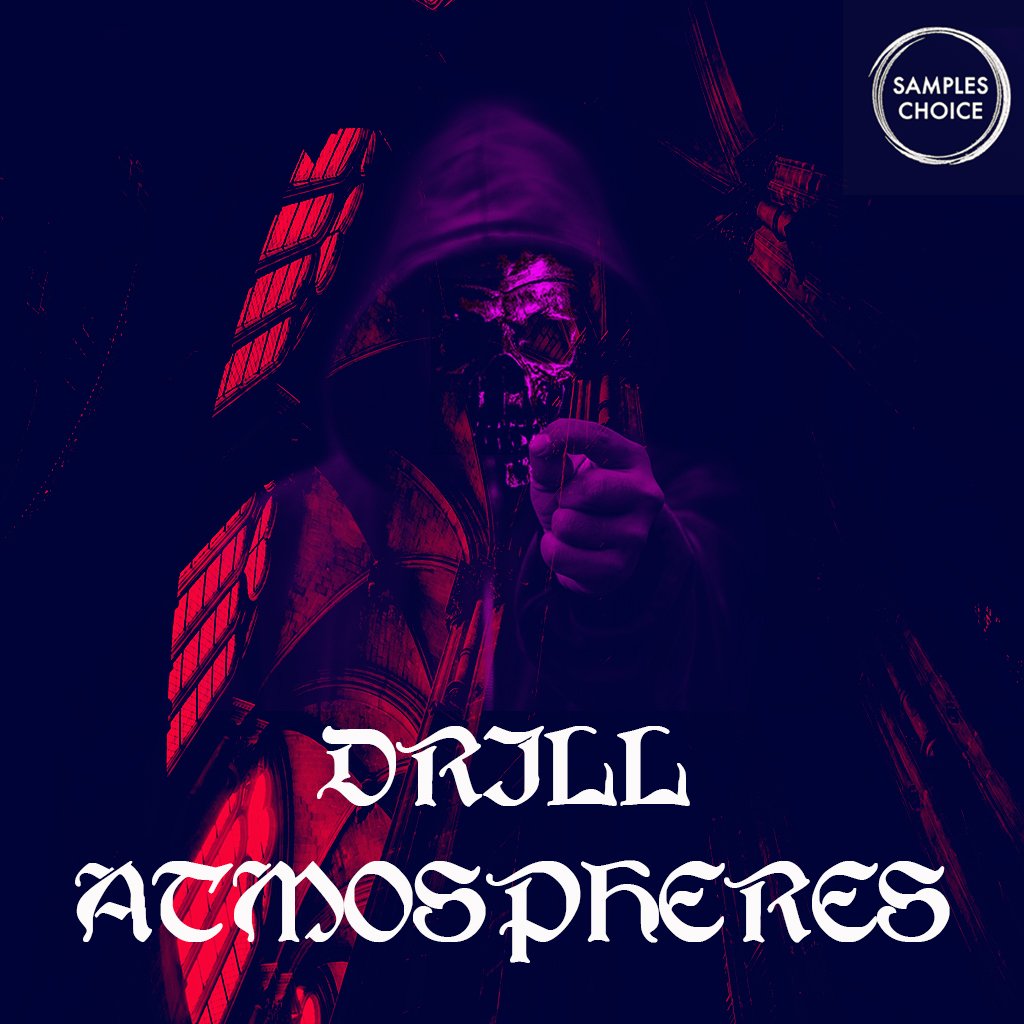Digital music production offers a vast array of tools to tweak sounds in ways that were once imaginable. Better still, the internet is a treasure trove of resources for those who are searching for better ways to use those tools to make stronger mixes and tighter tracks.
Sometimes, though, even the cleverest of mix tricks falls flat, and no amount of sidechain compression or multiband processing seems to be able to rescue a track that just doesn’t pop. The reality is that most of the tools we producers have at our disposal really work best when they’re used to support strong musical choices.
Here are a few common scenarios where problems with the music get easily confused with problems with the mix, and some ideas on how you can handle them like a pro:

1 Weak or Muddy Low End
Though the standards vary from genre to genre, as a general rule, we want bass to feel powerful. You’re probably already familiar with many of the tools used to get big, impactful bass: shelving EQ, compression, saturation, multiband processing, layered samples… the list goes on.
However, in those scenarios where no combination of familiar tricks seems to be bringing the power you want to the low end of your mix, the solution may be musical rather than technical. Try to take a step back and ask yourself: what are the primary bass elements of the mix, and how are they working together? Do they support each other, or do they fight?
It’s relatively easy to create space in a mix for two dominant low-end elements - kick and bass, pitched 808s and kick, etc. - even if it’s common to have to negotiate the way those instruments share the bass frequency real estate from 20-150 Hz or so. Usually, only one of those elements will have much real sub-bass energy, say below 60 Hz, while the other generally sits higher.
If your low end feels weak or lacking clarity, take a look at how those bass instruments are interacting. Do the kick and bass support each other rhythmically, or do they compete for space? Is it clear which one is the dominant low end layer, or are they both contributing lots of sub bass energy?
If the bass instruments in your track are stepping on each other’s toes, get clear on how they’re meant to interact, and what frequency ranges they need to occupy. If they need some of the same bass frequency real estate, the best way to get them to both “speak” clearly will be to make sure that the arrangement gives each the space it needs to really rule the low end. And if there are low-end layers beyond a typical kick/bass setup, look for ways for them to occupy space - both in terms of frequency and the stereo field - where they don’t interfere with those core bass elements.
2 Vocals That Don’t Cut
Vocals are going to be a central part of just about any production. Even in genres where it’s common for vocals to sit a bit behind the rest of the mix, it’s usually still desirable for them to cut through without feeling too big.
Though there are lots of great tricks for getting vocals to sit on top of a mix, the best way for a vocal track to claim its place in a mix is to leave space for it. If no amount of massaging is getting your vocal to pop the way you want, take a look at what’s going on around it. Are there other instruments - especially melodic ones - that live in the same frequency range? Is there a natural sense of breath and phrasing, with the instrumental and vocal leaving room for each other to shine through?
If the answer to those questions is “no,” it might be time to take a critical listen to your arrangement. There are plenty of ways to effectively allow lead/melodic layers to sit behind a vocal - using surgical EQ cuts or filtering to create space, or using reverb and other ambient effects to push them into the background, to name just a few - but if the vocal and leads in a track are really competing, you may want to ask yourself if those lead parts are really adding anything.
Maybe the solution is to cut parts that fight with the vocals entirely, or maybe they can be rewritten to stay out of the vocals’ way. Either way, it’s crucial to get clear on which layers of your song are most important, and then to make mix decisions that support that hierarchy. I always encourage clients and collaborators to record a guide vocal track early in the production process. It’s very easy to add layer after layer that will fight with a lead vocal if that vocal isn’t present in the mix as you’re tracking. If you can maintain that perspective, it’s much easier to create an arrangement that supports the vocal rather than fighting with it. With an effective arrangement in place, mix tricks like sidechain ducking that help a vocal to sit on top will work much better.
3 Muddy Instrumental
This third point dovetails off the second - just as vocals can struggle to be heard over a dense mix, instrumental parts can compete for space as well. With most DAWs offering essentially unlimited track counts, it can be very easy to pile on instrumental layers without giving much thought to how they will interact, and to end up with a muddy, indistinct mix as a result.
Though a lack of clarity in a mix can occur for all kinds of reasons, too many instrumental layers competing for space is a very common cause. If you find that your instrumental mix is cloudier than you’d like, and your favorite mix tricks aren’t improving the clarity, try to identify which are the most important layers in the arrangement. There should only really be a few central elements - maybe three or four - sounding together at any given time. From there, look at the rest of the arrangement. Are there parts that sit in the same register as those central elements you just identified? If so, what role do they serve in the arrangement and mix? Some might be purely textural, some may serve to strengthen another, more important layer. If it’s hard to identify what benefit a given layer adds, that’s probably a sign that your song could do without it. Cut it!
For the rest of those supportive layers, identify what processing they need to best serve their purpose, without worrying about whether the listener will consciously be able to hear and identify them. Remember, someone hearing the song for the first time is not going to notice every last nuance of your production. Try to focus on making the arrangement work to support the most crucial parts that the listener’s attention will actually gravitate towards.
4 Everything Feels “Small” or “Distant”
Music production and mixing are all about perspective. We create the sense that elements of a mix are big or small, close or far, based on how they relate to other parts of the arrangement. If everything in a mix feels small, that may be a sign that your production isn’t creating the context necessary to have that sort of scope and depth.
Are there elements in your mix that you’re actively making “bigger,” even if they don’t need to feel big? Aggressive compression and saturation, dramatic EQ boosts, and doubling are common methods of making tracks come across as large in a mix. If you find yourself making those sorts of moves on tracks that don’t need to feel big, they may be making other tracks that should feel big seem smaller in comparison.
The same principle applies with regard to the sense of depth in a mix. Heavy reverb and aggressive filtering can make instruments feel more distant, or smaller. If everything in your mix is drenched in reverb, your mix may lack a sense of foreground and background, with everything instead feeling remote and cloudy.
The musical problem at the root of these mix issues is, again, a lack of purpose in the arrangement. Make sure you feel solid on the intention of your mix - what needs to feel big, what needs to be in the foreground - and then make sure that your processing and production choices support that intention.
Doubling parts often makes them sound bigger, wider, and more engaging, but doubling everything in a song is a great way to make it feel muddy and indistinct. Similarly, aggressive processing may make an instrument sound great when it’s soloed - but if that processing doesn’t support that instrument’s role in the song, it’s ultimately only serving to weaken the whole. The common thread in all these scenarios is a lack of clear intention: not understanding just how something is meant to function in your mix means you’re more likely to add other parts or processing that may undermine that intention. Because it can be very difficult for artists and producers to remain objective about their work, it’s easy to grow attached to layers in a song that only serve to weaken the music as a whole. Though it may be clear that something about the production isn’t working, it can be hard to see that musical choices are responsible for problems that may seem at first like mix issues.
The solution to these sorts of problems is perspective. Taking a step back and hearing what elements really drive a piece of music can be very illuminating, and helps to inform choices that will strengthen the song as a whole. Those choices can be difficult - cutting or pushing into the background parts that seemed brilliant as they were recorded, but ultimately distract from more important elements in the song - but maintaining that sort of objectivity is crucial to growing as a producer

